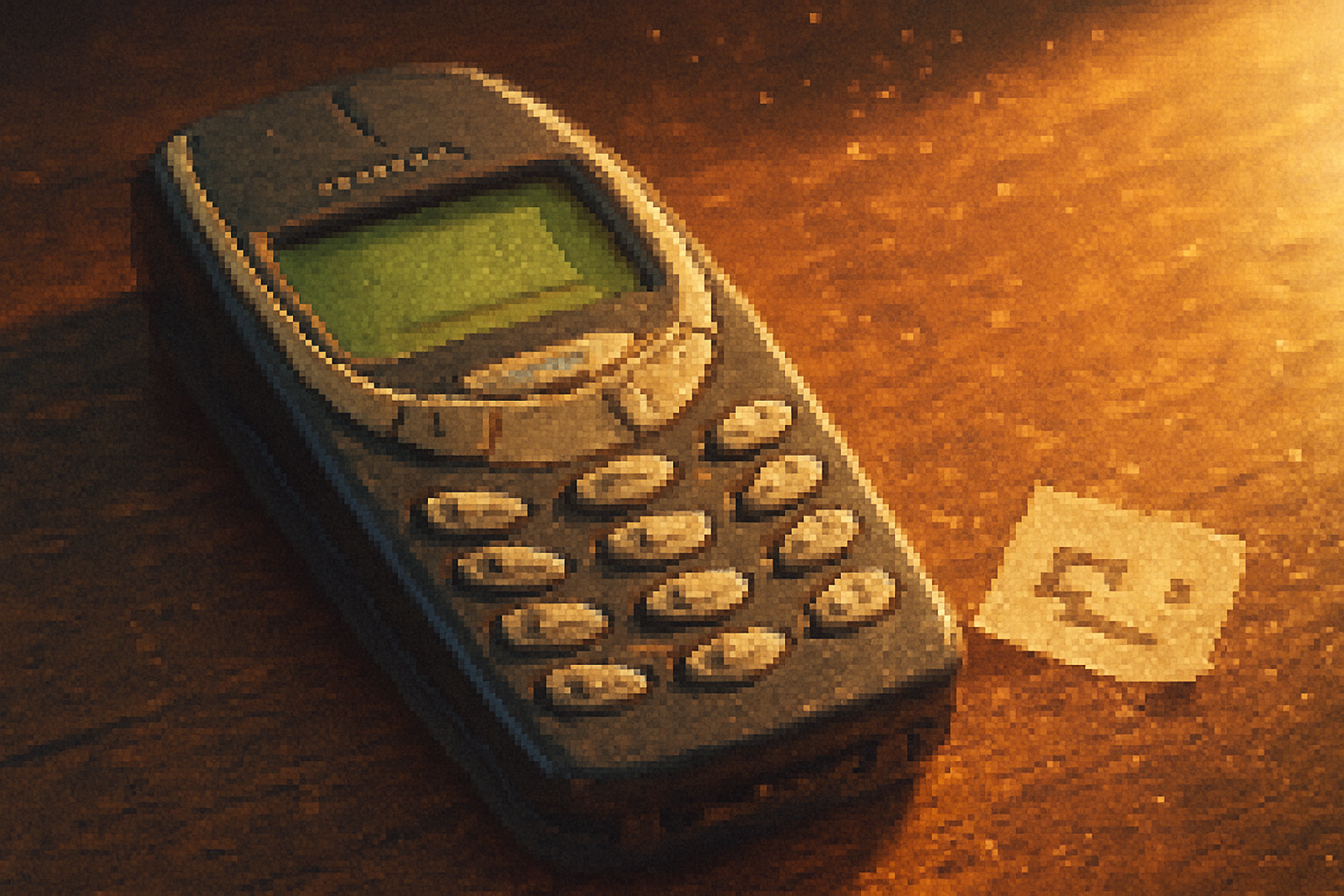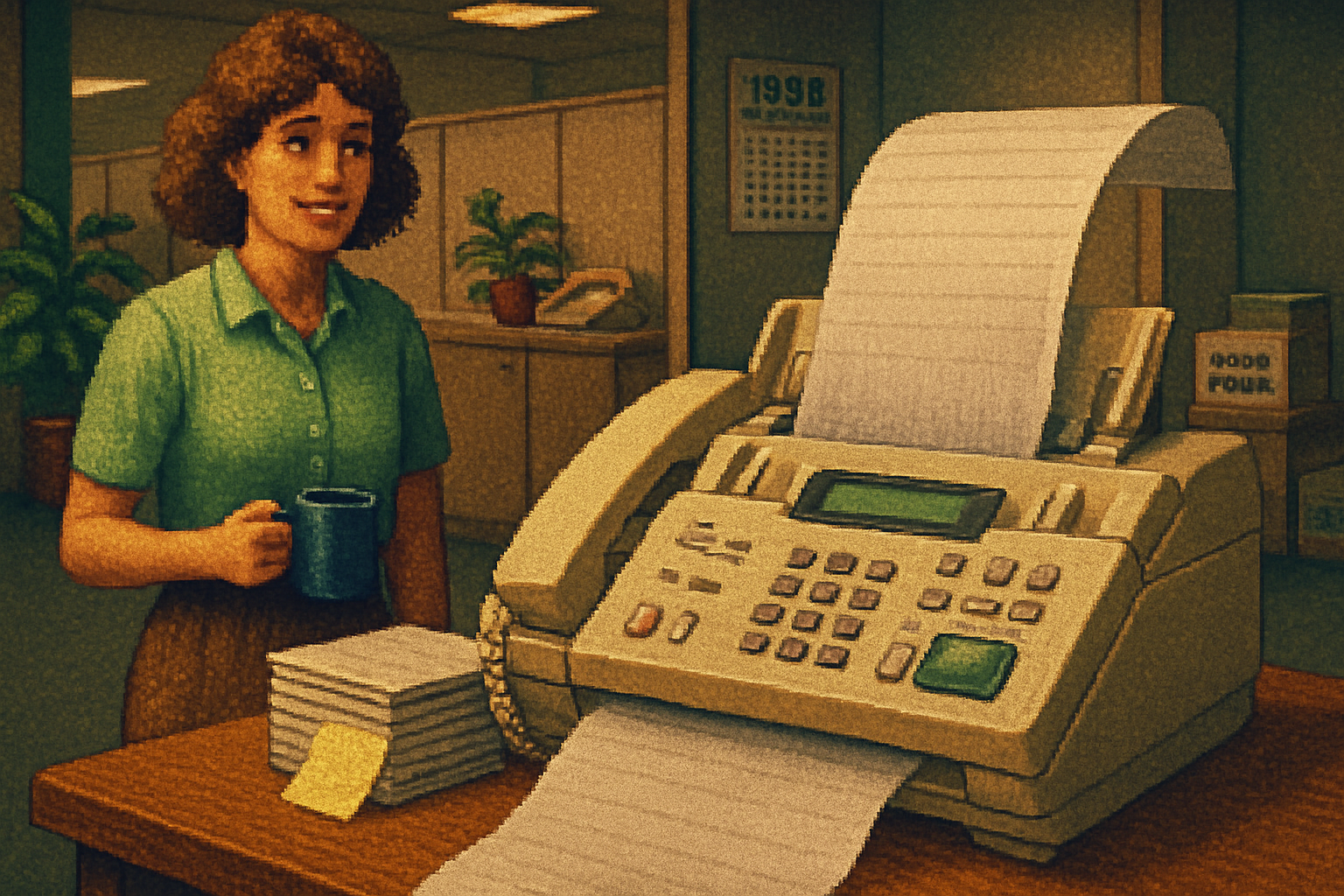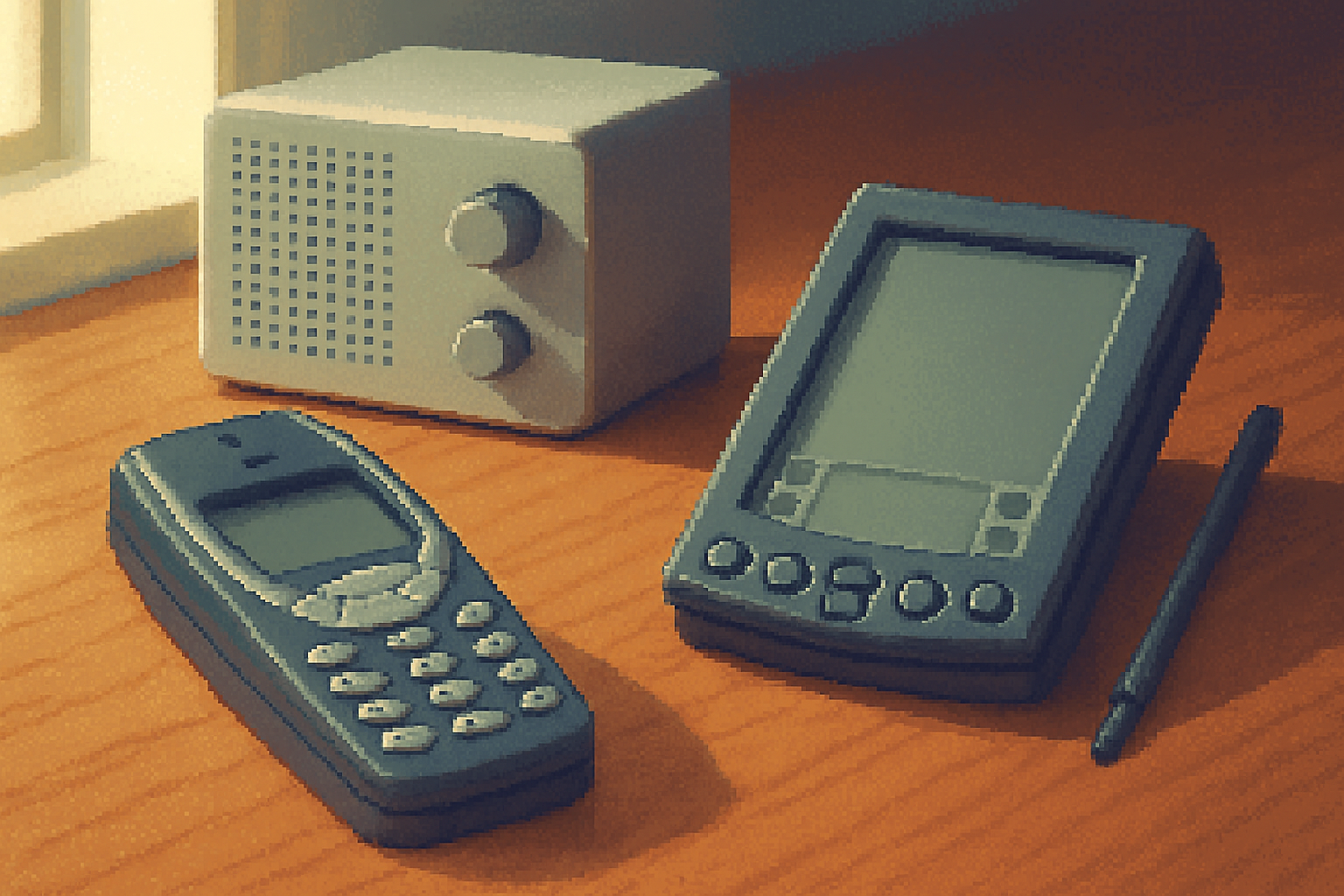· culture · 5 min read
The Nokia 3310: A Love Letter to the Indestructible
A nostalgic look at the Nokia 3310’s legendary toughness - why it felt indestructible, what made it so resilient, how it shaped mobile culture, and what today's phones can learn from it.

A love letter to something that just wouldn’t break
There are everyday objects that become more than the sum of their parts. The Nokia 3310 is one of those objects for a generation that learned to text on tiny keys, played Snake on monochrome pixels, and treated battery life like a precious commodity. Released at the turn of the millennium, the 3310 sat comfortably between utility and personality - a phone you could drop, forget, misplace and still answer when the call came.
Its reputation is almost mythical: the indestructible brick that survived gutters, pavements, and the occasional angry roommate. In this piece we celebrate why that reputation stuck, what engineering and design choices made the 3310 so resilient, how it shaped a culture of phone ownership, and what its legacy means for modern devices.
Born at the dawn of a new age
The Nokia 3310 was introduced in 2000 and quickly became one of the company’s most iconic models see background info. It arrived in an era when phones were primarily tools for calling and texting; smartphones were years away, and battery life, physical keys and reliable reception mattered more than camera megapixels or app stores.
That context helped the 3310 shine. Phones were expected to be practical and unglamorous workhorses. Nokia delivered a device that matched - and then exceeded - those expectations.
How it was built to last
Several concrete design and engineering choices turned a modest feature phone into a legend:
- Robust external shell - the 3310 used thick, impact-resistant plastics with a removable rear cover. The polycarbonate-like casing absorbed knocks without cracking easily.
- Simple internals - there were fewer delicate components close to the surface - smaller LCD, fewer fragile sensors, and minimal connectors - which reduced failure points when the phone hit the ground.
- Modular replaceability - the battery and covers were user-removable and easy to replace, so worn parts could be swapped out without specialized tools.
- Weight and balance - comparatively chunky by today’s standards, the handset’s mass distributed impact forces in a forgiving way.
- Minimalist screen - the small monochrome display was less prone to catastrophic shattering than modern large glass panels.
Combined, these factors meant the phone could handle real-world abuse rather than being coddled inside a case.
Software simplicity was part of the toughness
Durability isn’t only mechanical. The 3310’s software was small and tightly integrated with the hardware. No background apps, no fragile updates that could brick the phone, and a user interface built for reliability. Texting, calling, and basic utilities ran without complexity - fewer points of failure translate to longer serviceable life.
And then there was Snake: a tiny, addicting built-in game that required almost no resources but offered hours of entertainment. It became part of the device’s identity and helped cement emotional attachment to the hardware.
The myth vs. the mechanics: was it really unbreakable?
“Indestructible” is an exaggeration - but not by much. The 3310 withstands a lot, but extreme forces, prolonged water exposure, or targeted mechanical damage will still incapacitate it. What helped the myth grow was a mix of real-world resilience and cultural storytelling:
- Real tests - countless informal drop tests and anecdotes circulated showing phones surviving falls that would doom modern glass-and-metal smartphones.
- Survivorship bias - people remember the stories of phones that survived accidents, not the ones that didn’t.
- Internet memes - as the internet matured, the 3310 became shorthand for unkillable tech, amplifying its reputation beyond the facts.
If you need a measured assessment, sites that archive device specifications and reviews (for example, GSMArena’s 3310 page) show how its hardware choices favored longevity over fashionable features.
A cultural object: calls were sacred
In the early 2000s, phone etiquette and the value of a call were different. Calls were deliberate; texts were concise. Phones were personal utilities more than always-on portals. The 3310’s long battery life and reliable reception made conversations feel intentional and durable - just like the device.
That cultural context made the 3310 more than a gadget. It was a companion you trusted to be there when you needed it. That trust generated love, nostalgia, and the kind of affection usually reserved for durable, dependable tools.
The 2017 reboot - nostalgia meets modern constraints
In 2017, the Nokia 3310 name returned as a modernized feature phone with color screen and updated internals under HMD Global’s stewardship. The relaunch traded some of the original’s simplicity and heft for modern conveniences while leaning hard on nostalgia. The reboot highlighted how much we remember the experience more than the exact specs.
Coverage at the time noted both fondness for the original and the awkwardness of translating its charm into a market that had largely moved on to smartphones see contemporary coverage.
What modern phones could learn from the 3310
The 3310’s appeal suggests several lessons for today’s device makers:
- Repairability matters - user-accessible batteries and replaceable parts extend a product’s life and emotional value.
- Prioritize reliability - fewer fragile components and robust enclosures improve real-world longevity.
- Simplicity has value - not every user needs constant background services; offering battery-saving simplicity can be a selling point.
- Design for survivability - materials and engineering that accept abuse are often more appreciated than thinness at all costs.
These ideas are having a resurgence in movements for right-to-repair and sustainable electronics design.
Not just a phone - a touchstone
The Nokia 3310 is a rare example of technology that acquired personality through reliability. Its legend grew from actual resilience, a cultural moment that valued conversation and endurance, and a global community that loved to tell and retell stories about gadgets that survived calamities.
We’ve since traded that kind of resilience for glass-and-metal refinement and unmatched capabilities. Both trades brought enormous benefits. But the 3310 reminds us there’s real value in designing devices that last, that people can fix, and that earn a place in everyday life not just by features but by trust.
If you still have one tucked away in a drawer, that battered little brick is more than retro flair - it’s a reminder of what longevity looks like when engineering meets affection.
References
- Wikipedia - Nokia 3310: https://en.wikipedia.org/wiki/Nokia_3310
- GSMArena - Nokia 3310 specs and review archive: https://www.gsmarena.com/nokia_3310-249.php
- BBC coverage of the 2017 relaunch: https://www.bbc.com/news/technology-39340108



